Time to Visit Tunisia
I arrived in Tunis flustered but determined to get to my destination via public transport. It was mid-afternoon and I was feeling particularly cheap. I spotted a bus stop area and made the (incorrect) assumption that this was my path to the city. I waited for about 15 minutes until a bus came. What transpired next was one of the most chaotic public transport entries I’ve ever seen. People were pushing and shoving to get on the bus with no regard to anyone else. I made my way through the mob only to have the bus driver tell me that I was, in fact, on the wrong bus. Exiting back through the mob was deeply humiliating. Traveling has been an exercise in letting go of what strangers might think of me. I will never see these people again.
I eventually learned that the only buses to Tunis were outside of the airport. I walked through taxi cab drivers insisting that I take a cab. They weren’t used to tourists opting to take the bus. I followed the instructions on the map to my hotel, Ayachi Hotel. The listing that popped up on Google Maps/Apple Maps/Booking.com was completely wrong. After an hour of wandering around and asking strangers for help I eventually found the hotel.
Hotel Ayachi was not the cleanest place I stayed, but it was only $10 a night for a private room with shared bathrooms. The catch being those bathrooms did not have toilet paper. It turns out Tunisia doesn’t have a backpacker culture. There were no hostels to be found in the country.
I woke up the next day and decided to wander around the medina and the city. Tunis was decorated for a public holiday and many things were closed in preparation. While I was in the medina a man approached me to show me some kind of historic section that just happened to be on the roof of a gift shop. Not having learned my lesson from Morocco, I reluctantly followed him. I sat through another carpet presentation and was shown tons of souvenirs by merchants at the shop. I explained to them that I was a backpacker not interested in purchasing anything. At least the view was pretty cool.
The Bardo Museum
The Bardo Museum has one of the best collections of mosaics in the entire world. It’s a world class museum that was unfortunately the site of a terrorist attack in 2015. 21 tourists were murdered and one Tunisian person. A plaque commemorating the attack can be seen in the lobby.
My overall experience in Tunisia was that if its sites were in Europe they would be overflowing with people.
I have seen many a mosaic during my travels but these were truly next level.
Tunisian Street Food
When I walked around my hotel I saw little shops full of people eating what appeared to be some kind of thick soup. I googled “Tunisian Street Food” and scrolled until I recognized the dish. It’s called “Lablabi” I walked up to an older man behind the counter and ordered. He handed me an empty bowl of stale bread. I took my cues from everyone around me and began to pull the bread into smaller and smaller pieces. Most people were sharing a bowl between two people, but I was perfectly fine to eat it on my own. I returned the bowl to the man and he heaped chickpea soup, olive oil, spices, and finally a soft-boiled egg onto the top of the stew. The bread soaks up the soup and thickens it until it has a consistency closer to hummus.
It was so good and ridiculously cheap. Tunisia also has its own take on tajine, and it bears little resemblance to the Moroccan version.
Carthage
The most famous attraction in Tunis are the historical ruins of Carthage. Carthage was the capital of the Carthaginian Empire and one of the wealthiest cities in the ancient world, largely due to its status as a vital trading hub in the Mediterranean.
Getting from Tunis to Carthage was easy on its light rail and cost about $.50.
One solid option for exploring all the sights in Carthage, which includes the Antonin Baths, Carthage Museum, Amphiteather, Water Cisterns, and Acropolium, is to hire a taxi to take you around. They were waiting near the Acropolium, which is a short walk from the Carthage light rail station. I opted to walk the entire time, which is also doable, but on a hotter day a bit oppressive.
The highlight for me was the Antonin Baths, which are by the water and completely empty when i visited.
Sidi Bou Said
Sidi Bou Said was close enough to Carthage to walk, and so I did. The buildings were reminiscent of something you might see in Greece, with bright blue roofs. The first thing I did was grab a traditional Tunisian donut, called a bambalouni. I then found a spot to sit and watch the sun begin to set. It was a popular spot for people to hang out.
Sousse
Sousse is a cute town by the sea that’s famous for its resorts. It also suffered a brutal terrorist attack
El Jem Amphitheater
This was one of the most astonishing ruins I’ve ever seen. It was built in 238 AD and is in remarkably good shape. One of the biggest differentiators as a visitor compared to, say, the Roman coliseum, is that visitors can actually go in the center of the arena and even underneath it.
Getting to El Jem was super cheap on what’s called a louage. Louages operate as a shared taxi on a fixed route.
There was a quiet museum nearby as well with, what else, more mosaics.
Monastir
My very last day in Tunisia I took a louage to Monastir, a stunning seaside town with an imposing monastery. You might recognize it from Monty Python’s Life of Brian, where it was used to represent Jerusalem.
Like many of spots I’ve visited, I didn’t give myself enough time for Tunisia. Next time I’d like to visit more of the ruins, and the south, where they filmed some of the Star Wars films.
















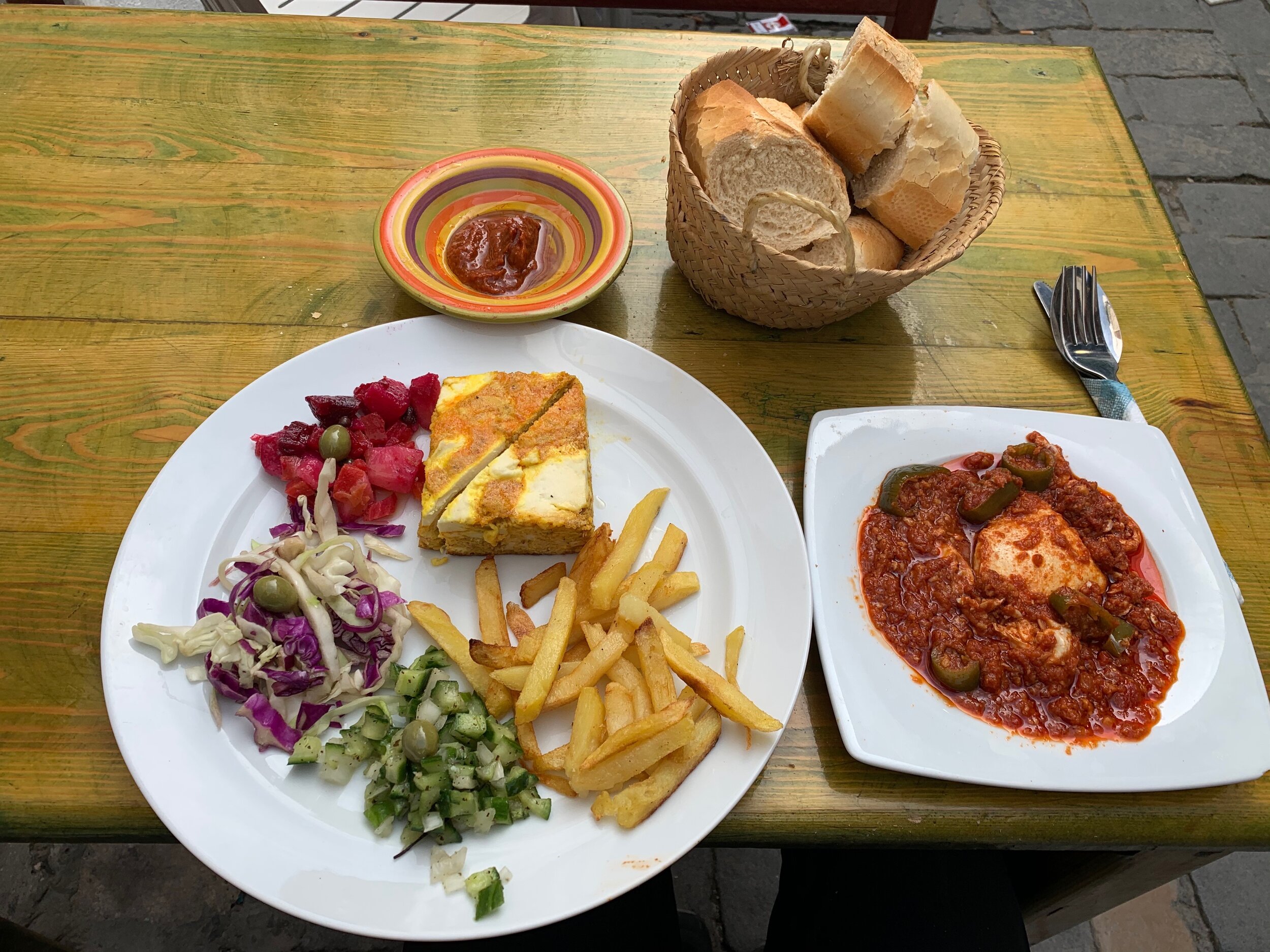




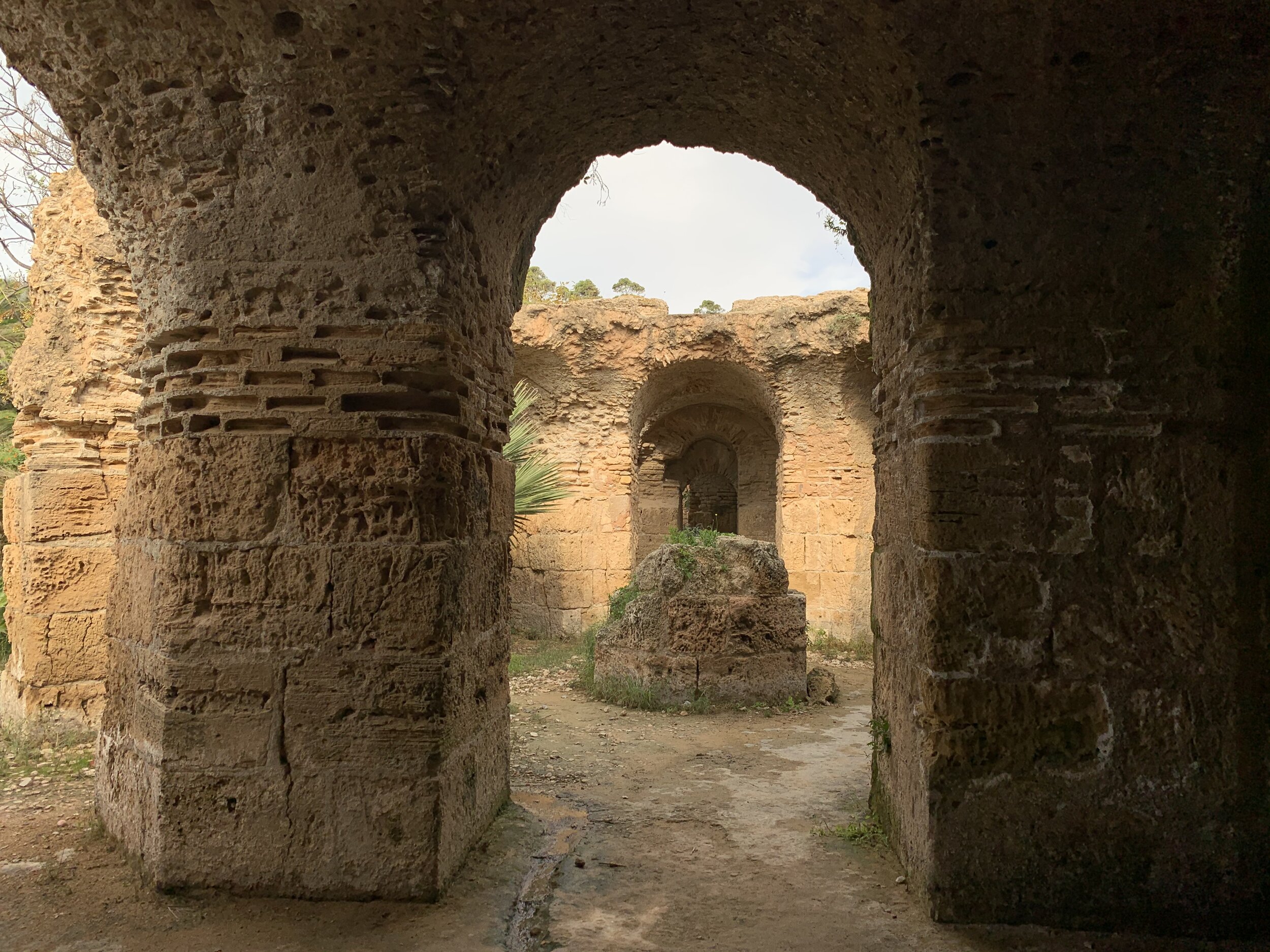



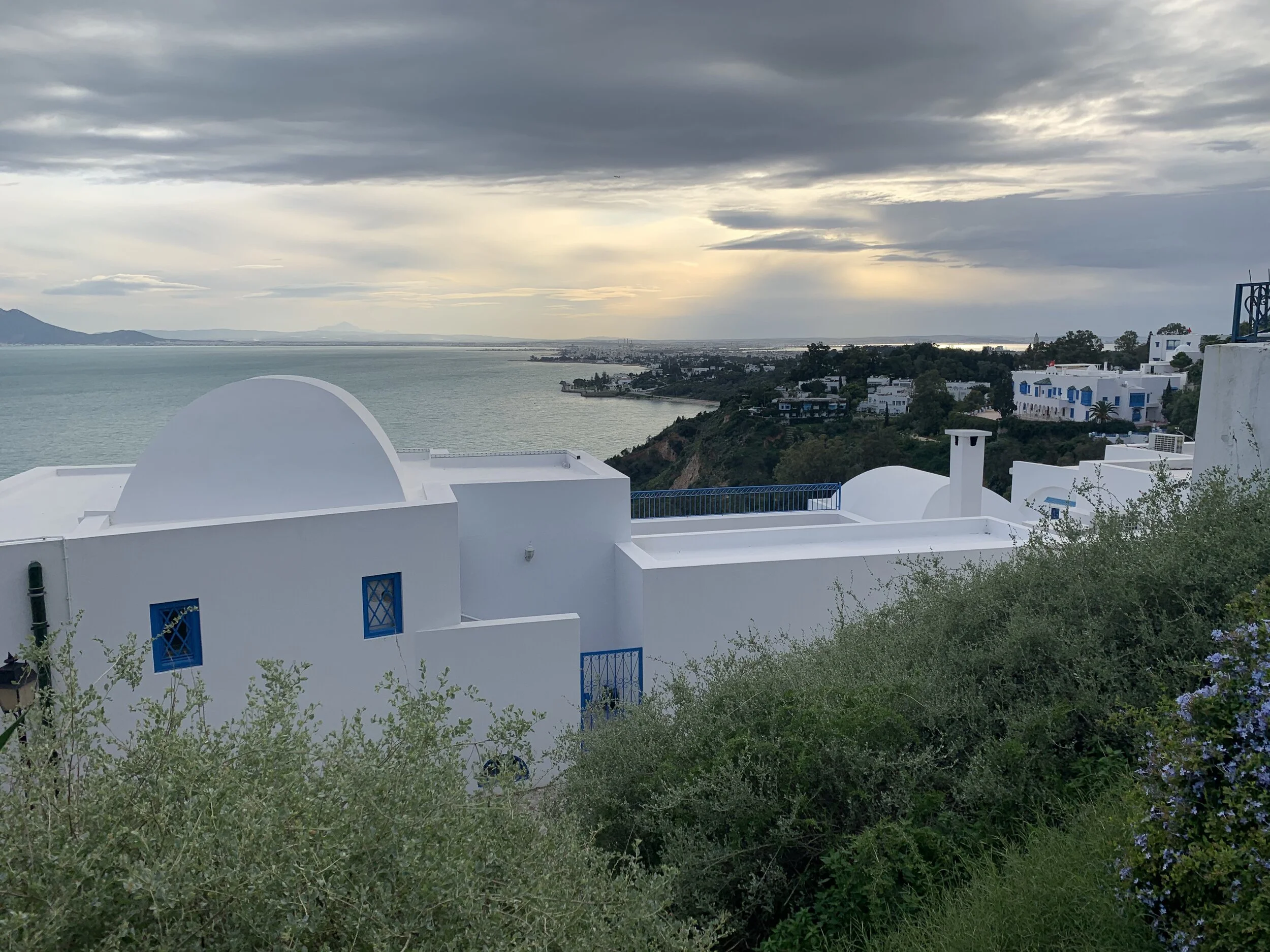











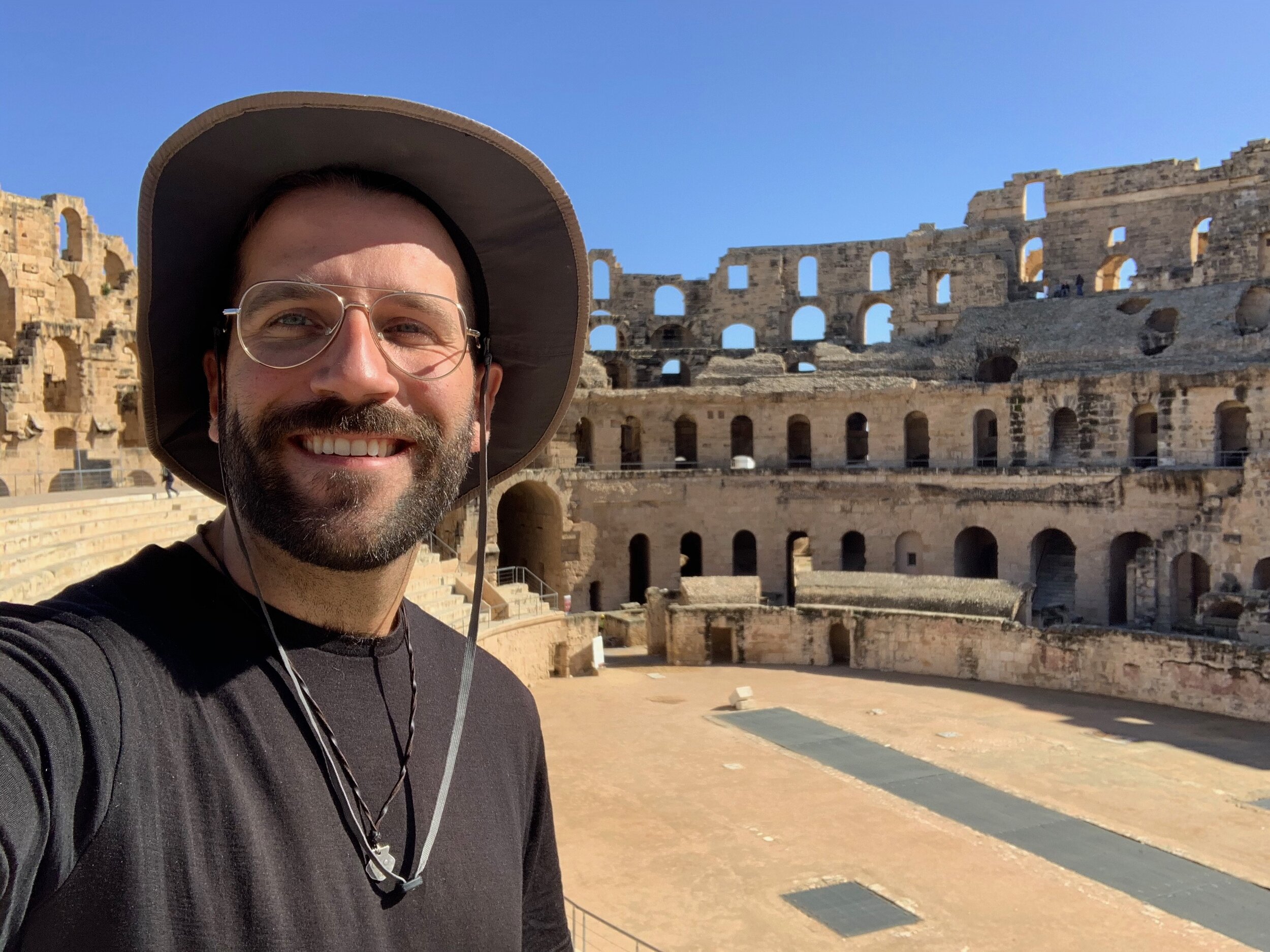





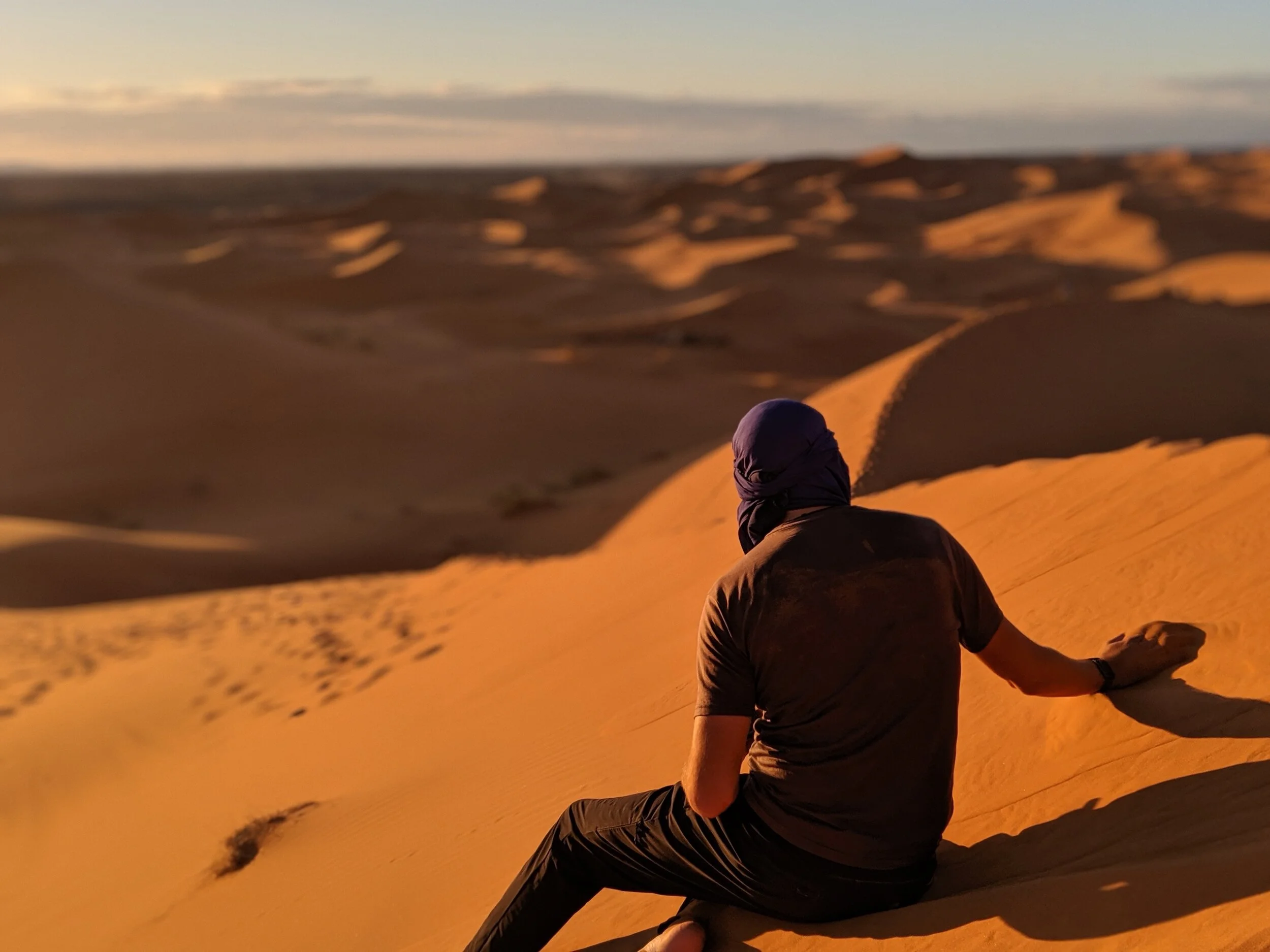

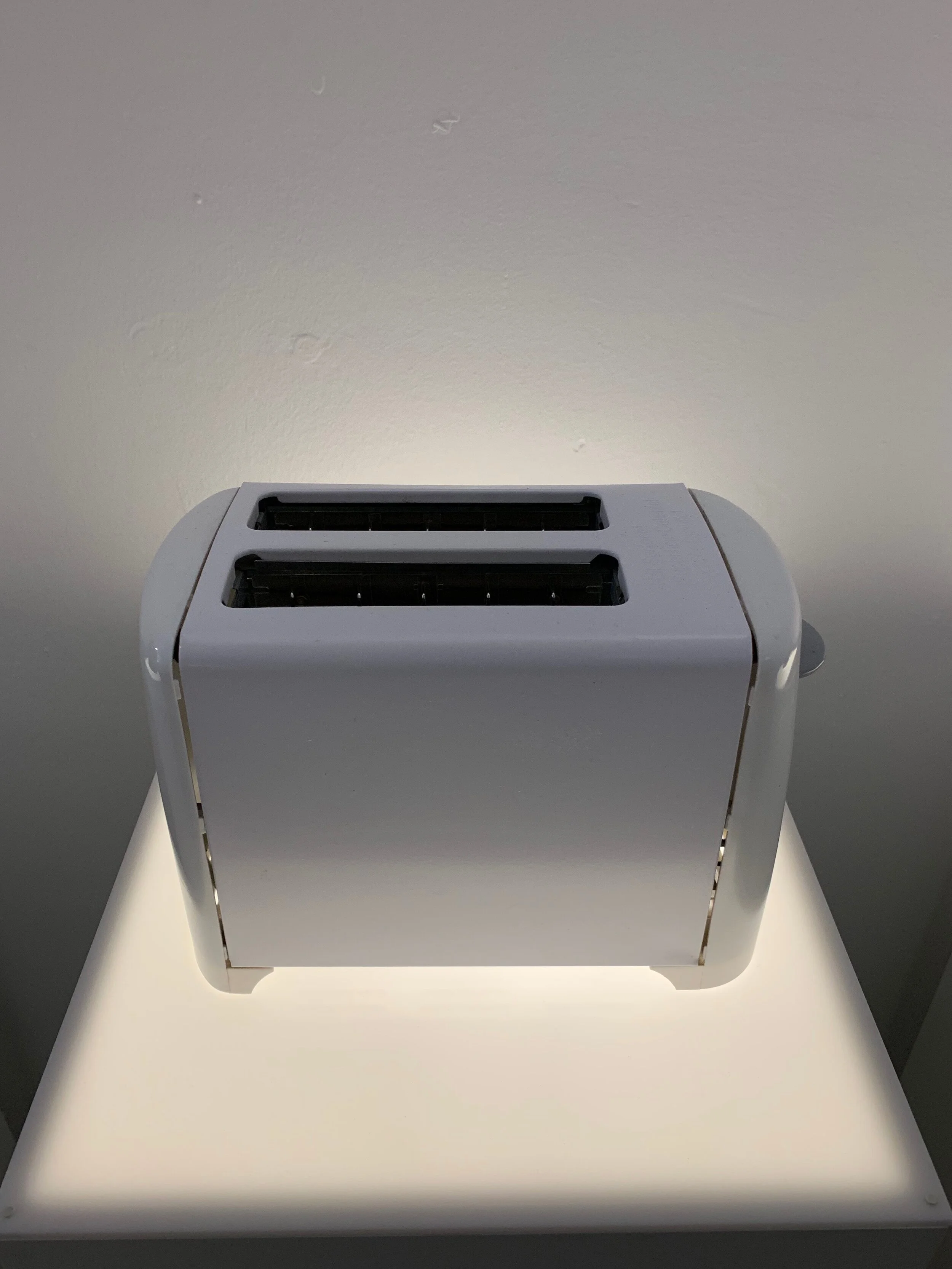

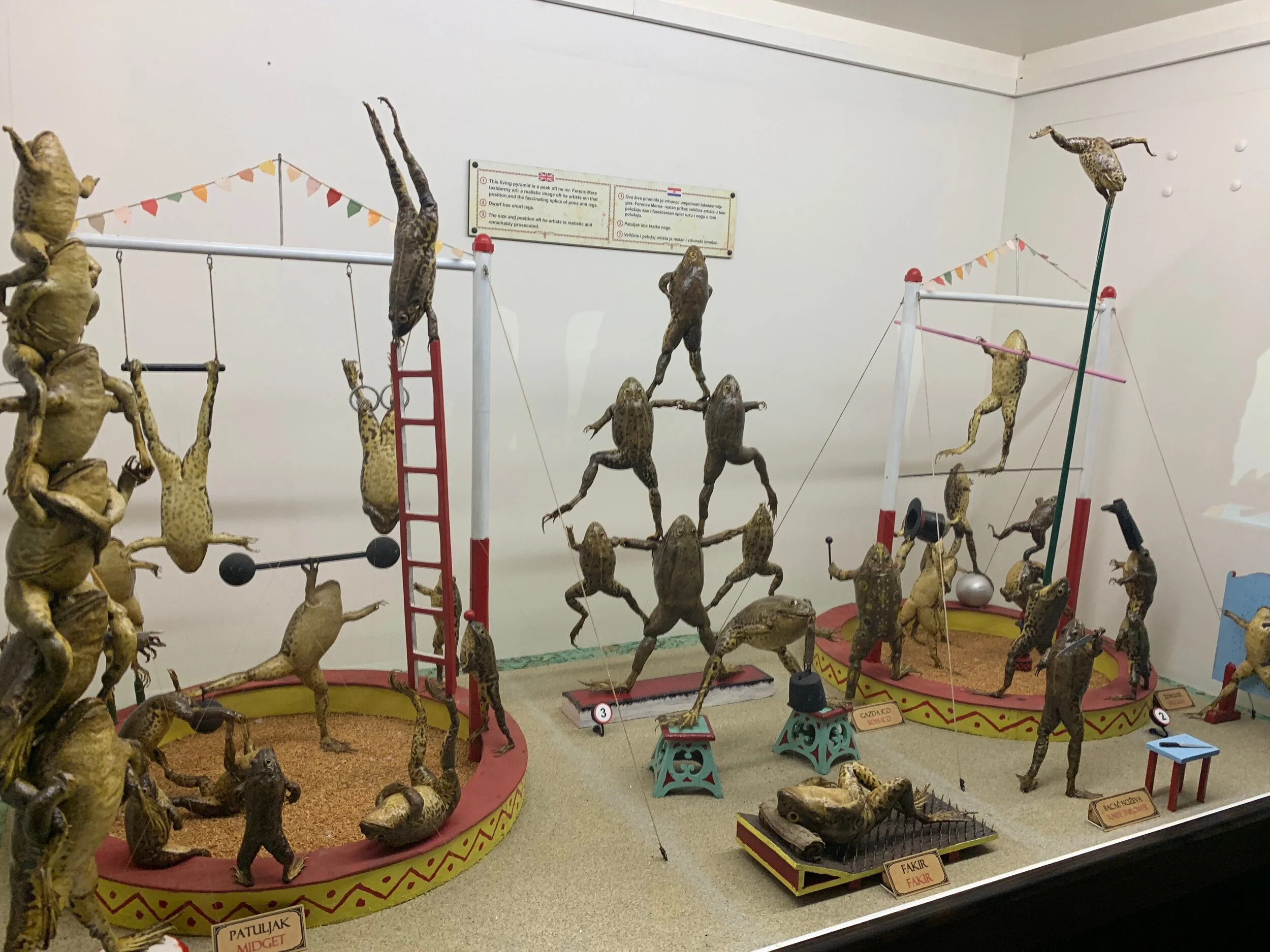
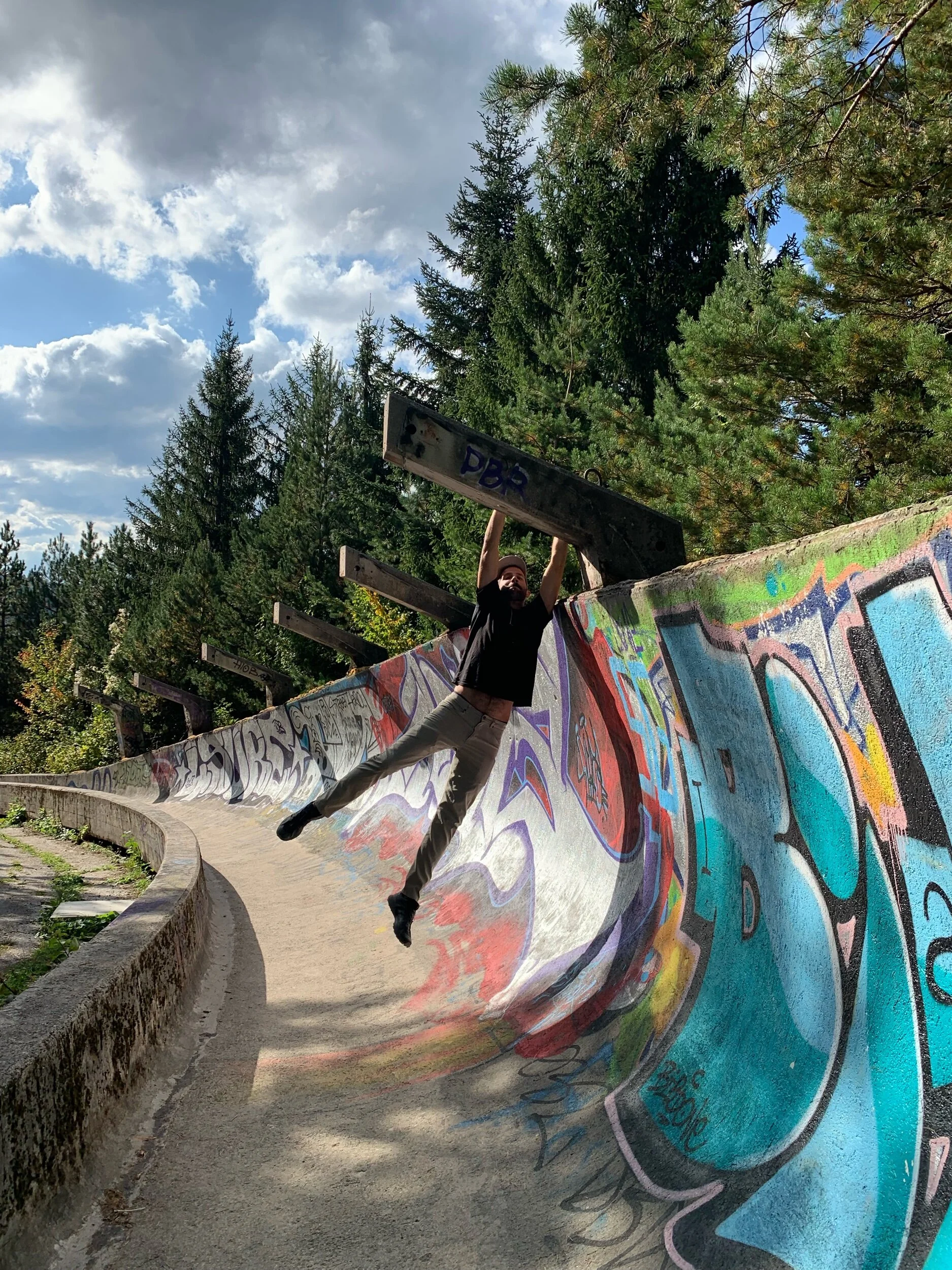
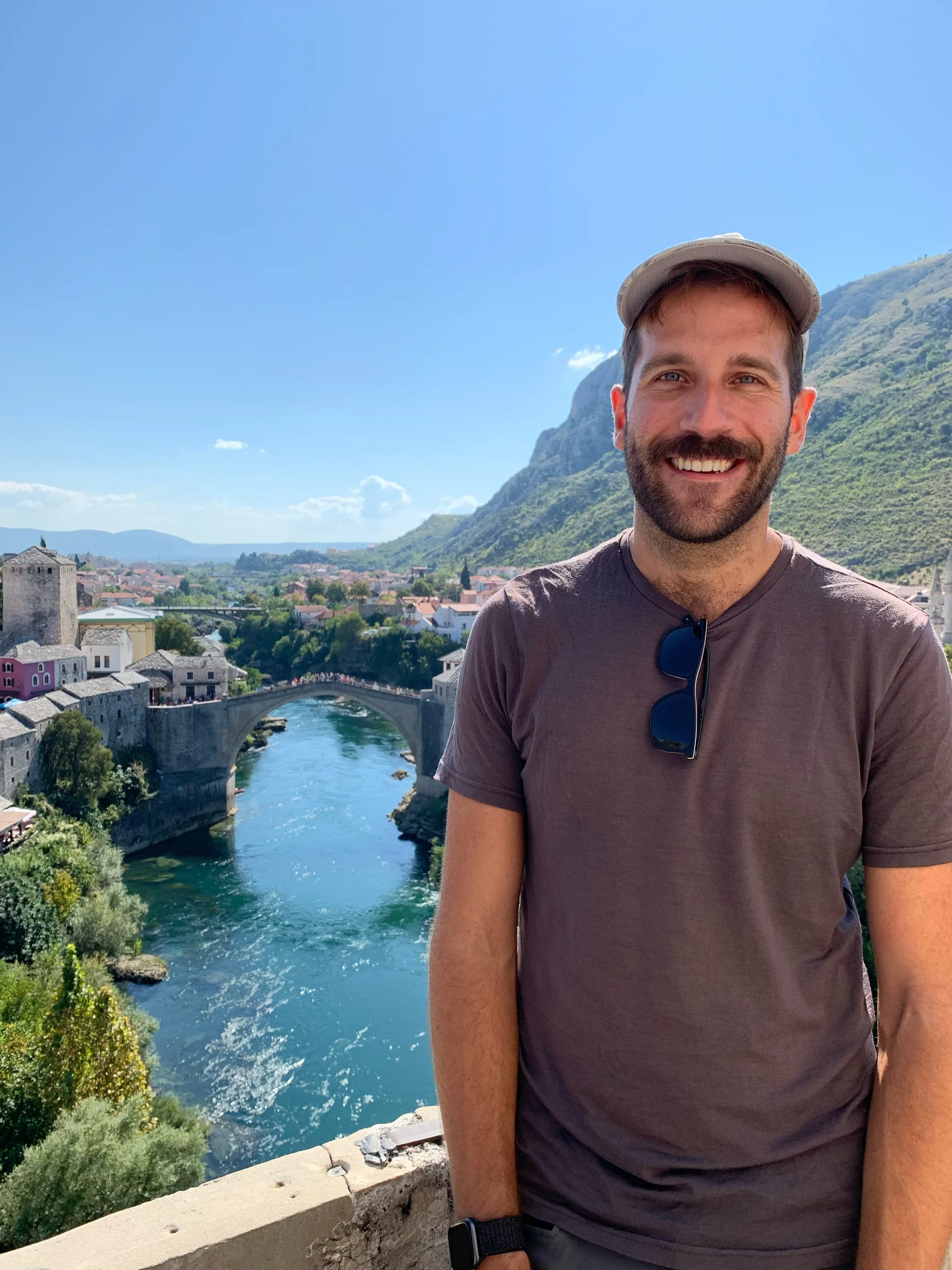
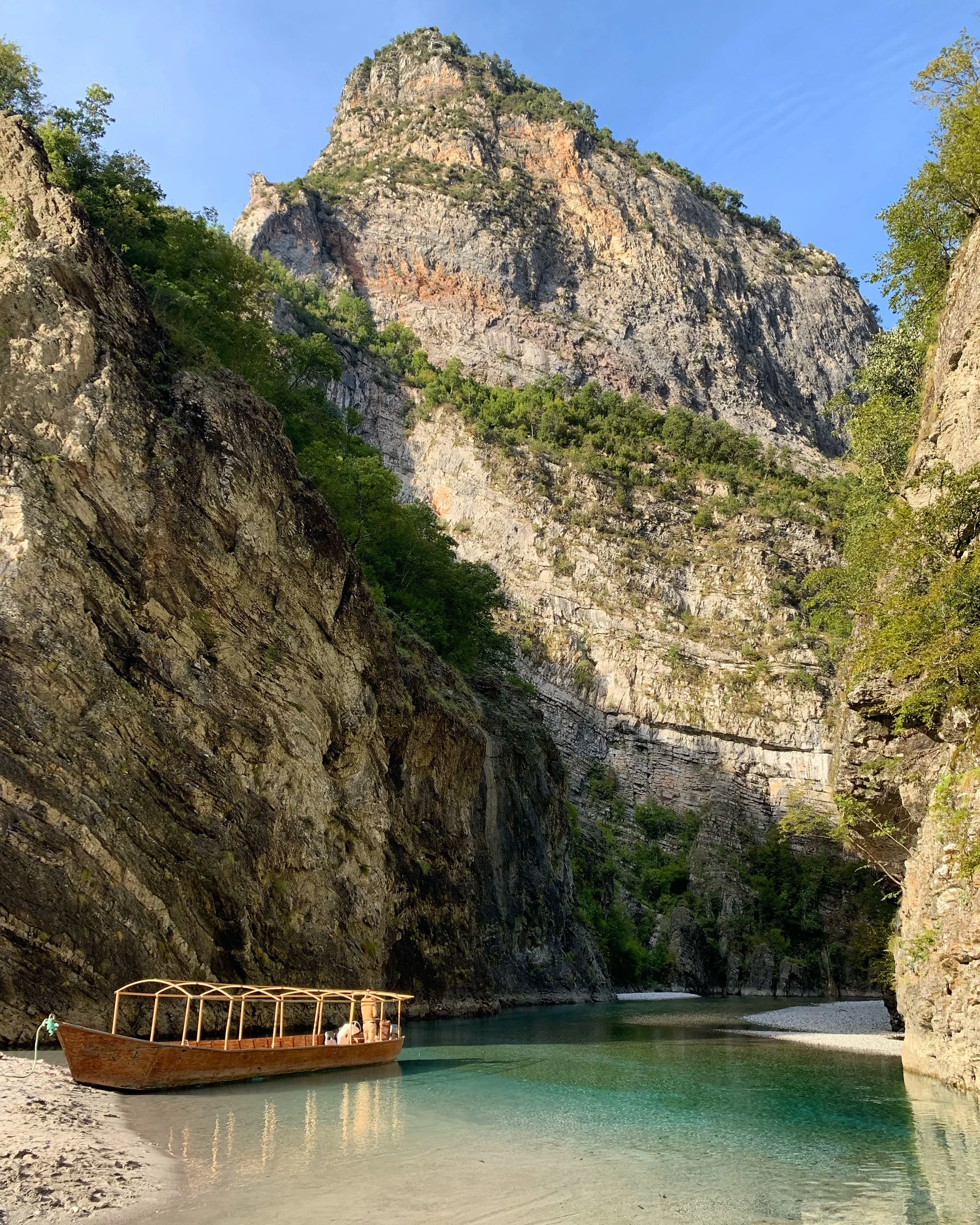
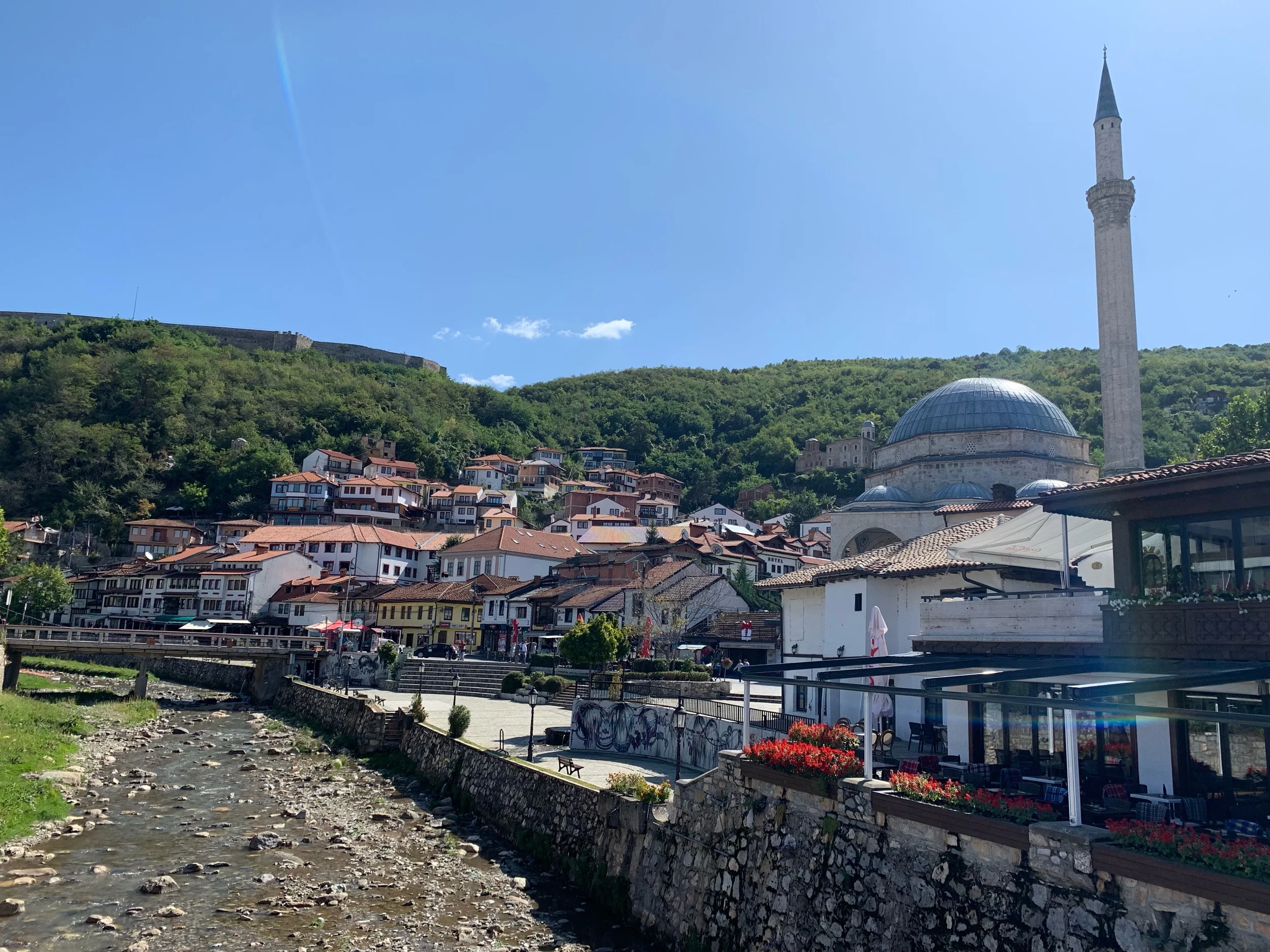
A must for history junkies